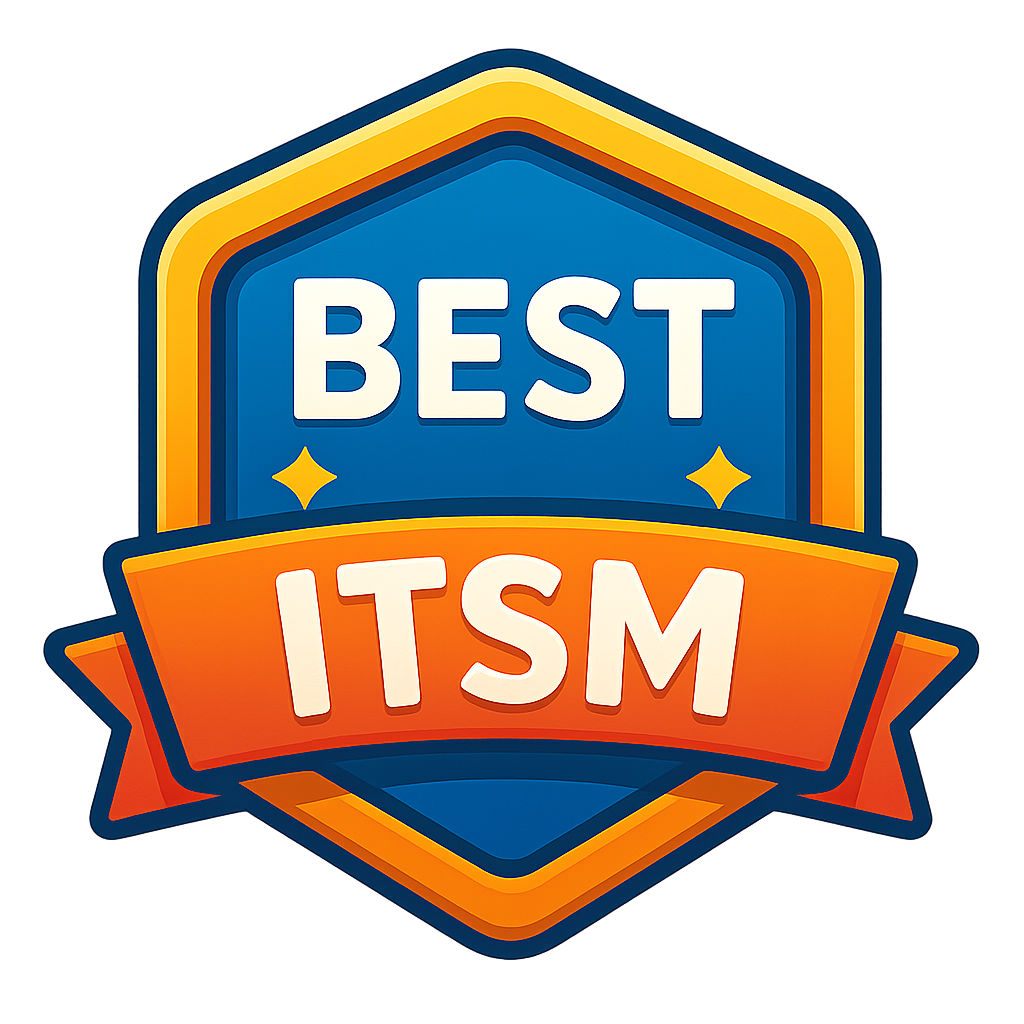How to choose right ITSM tool for your organisation?
Choosing the right ITSM tool for your organization can indeed be a tough task, especially when the market is saturated with similar products. Here's a breakdown of how to approach choosing the right ITSM tool, keeping in mind what truly matters to decision-makers and users.
1. Trust
In the ITSM industry, trust is crucial. CTOs and decision-makers are looking for stability. They need to know that the product they choose won't just disappear or become obsolete within a year. While many platforms offer similar features, the key is to emphasize the long-term reliability of the company. Marketing efforts should focus on demonstrating the platform’s history, commitment to future development, and customer success stories that showcase how they've stood the test of time. Case studies from recognizable, stable companies can build confidence.
2. Technology Compatibility
Every IT infrastructure is different, so it’s essential that the tool integrates smoothly into the company's existing systems. For companies managing on-premises infrastructure, they need to know the tool will be compatible and offer localized support when needed. For cloud-first companies, concerns shift toward data security and storage locations. You can frame this in your campaigns by clearly addressing how flexible the platform is for different deployment models (cloud, hybrid, on-premises) and explaining the security measures in place for data handling, especially where data is stored and how it's protected.
3. ROI (Return on Investment)
This is a huge point of differentiation. The tool might have all the bells and whistles, but if a company can't justify the cost through tangible results, it's not going to fly. Here’s where your messaging needs to go beyond listing features. Instead, emphasize how the platform will improve efficiency, reduce downtime, cut costs, or help the organization grow. When decision-makers present a new ITSM to their board, they’ll need to prove its worth, and having data or examples of measurable success metrics—like increased productivity or cost savings—will set your product apart.
4. User Experience
Even if you convince leadership, the actual users are the ones who will determine the tool’s success. If the system is hard to use or doesn’t align with their workflow, they won’t adopt it enthusiastically, and it could lead to failure. Ease of use is key here. Highlight in your campaigns how intuitive the tool is, how it can be customized to meet various needs, and how it makes everyday work smoother for the IT team. Consider offering demos or testimonials from users who love the tool, as this humanizes the technology and gives potential customers a reason to believe it’s not just about features, but about making their work easier.
